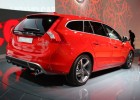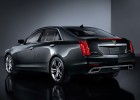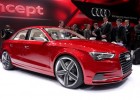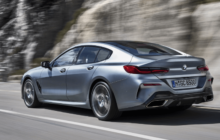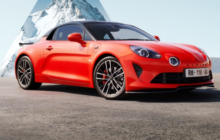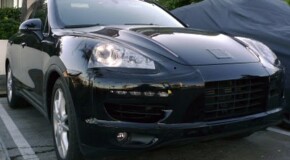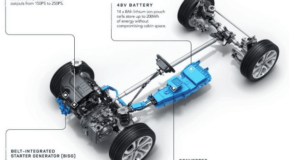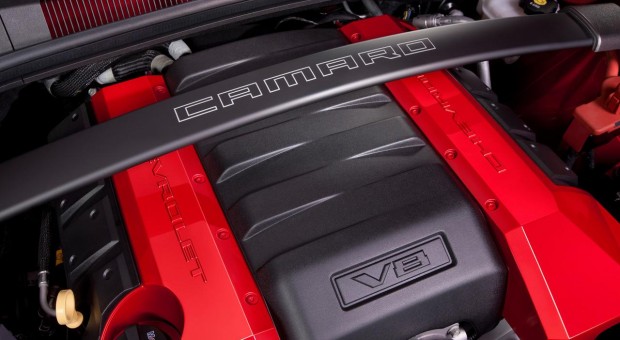
Chevrolet Camaro has tracked the rise, fall and resurgence of American performance for nearly 50 years, making it a bellwether of horsepower.
Since its 1967 introduction, the Camaro’s engine output has ranged from a low of 88 horsepower to a peak of 580, as the pony car rode the highs of the muscle car era in the late-1960s and the lows of the oil embargo-influenced 1970s to the emergence of modern technologies in the 1980s and the unprecedented power and efficiency offered today.
Inthe 48 years since Camaro’s arrival, the engine families and the technologies supporting them have evolved dramatically, from the carbureted inline-six base engines and brawny range-topping big-block V-8s in the early years, to the sophisticated V-6 and V-8 engines of today that use advanced technologies to deliver a balance of power and efficiency undreamt of in 1967.
Technologies including direct injection and continuously variable valve timing in the 2015 Camaro’s base 3.6L V-6 help generate 323 horsepower. That’s more than any Camaro V-8 engine offered between 1971 and 2000 – and it enables up to 30 mpg on the highway.
First Generation – 1967-69
The Camaro debuted in the burgeoning personal coupe market and at the height of the muscle car era. Entry-level models offered two versions of Chevrolet’s stalwart inline-six engine, with a minimum of 140 horsepower and 220 lb-ft of torque.
Higher-performing models were available with a smorgasbord of V-8 engines, ranging from 200 horsepower in the 307-cubic-inch Small Block to the 375-horsepower 396 Big Block. Sixty-nine special-option COPO Camaros were built with 427-cubic-inch engines. Intended for Stock and Super Stock drag racing classes, their respective 425- and 430-horsepower ratings were widely believed to be underestimated.
Second Generation – 1970-81
The Camaro’s second generation occurred during a tumultuous time in the auto industry as regulatory changes, including the change to unleaded fuel for lower emissions and an increased focus on fuel economy in response to Arab oil embargoes that led to lines at gasoline stations. As engineers worked to meet these new requirements, the industry saw dramatic reductions in engine compression, horsepower and torque.
Camaro output peaked in 1970, with 375 hp and 415 lb-ft, but by 1975 the most powerful V-8 model offered only 155 hp. The Camaro wouldn’t see more than 200 horsepower again until the mid-1980s.
The Big Block engine family was dropped after 1972, while the venerable inline-six engine was replaced by more modern V-6 designs in 1980. The Small Block was the only engine family to last through the entire second generation, ranging from a high of 360 horsepower for the 1970 Z28 to 115 horsepower by the mid- and late-1970s.
Third Generation – 1982-92
The third generation of the Camaro saw the introduction of new technologies, each progressively improving output and performance.
For the first time, the Camaro was offered with a four-cylinder engine. Between 1982 and 1986, the 2.5L inline-4 produced 88 to 92 horsepower, depending on whether it was fitted with a carburetor or a new electronically controlled fuel injection system.
Fuel injection also spread to the V-6 and V-8 engine families, enabling engineers to balance efficiency with greater performance. Early editions used Throttle Body Injection (TBI) and, later, the highest-performing models of the 305 and 350 engines featured Tuned Port Injection (TPI).
In 1990, the Camaro 350 TPI engine peaked at 245 hp and 345 lb-ft of torque – making it the most potent Camaro since 1973.
Fourth Generation – 1993-2002
A streamlined powertrain lineup greeted the Camaro’s fourth generation, with a single V-6 and Small Block V-8 offered in each model year.
The base engine evolved from a 160-horsepower version of the 3.4L V-6 to a 200-horsepower version of the renowned 3.8L V-6. The lightweight, compact powerhouse offered performance comparable to most of the Third Generation Camaro V-8 models.
The Small Block V-8 was available with up to 305 horsepower in the 1996-97 Camaro SS.
An all-new, Gen III “LS1” Small Block V-8 was available in the 1998 Camaro, delivering 305 hp and 335 lb-ft of torque, making the Camaro SS and Z28 models worthy rivals for anything from the muscle car era.
Fifth Generation – 2010-2015
After an eight-year hiatus, the Camaro roared back with more standard horsepower than ever – more than 300 horsepower from a sophisticated DOHC V-6. By 2012, the Camaro V-6 had increased to 323 hp, and 278 lb-ft of torque, while enabling up to 30 guilt-free miles per gallon on the highway.
The Camaro’s new, 6.2L Gen IV Small Block V-8 was rated at 426 horsepower in SS models with the manual transmission – more than any regular-production Small Block or Big Block engine from muscle car era and rivaling the advertised output of the special-order COPO 427 engines from 1969.
The Camaro ZL1’s introduction in 2012 reset the bar for horsepower and torque, delivering a staggering 580 horsepower and 556 lb-ft from a supercharged version of the 6.2L Gen III Small Block. It remains the most powerful production engine in Camaro history.
In 2014, the Camaro Z/28 delivered the first factory-installed 427-cubic-inch engine since the legendary COPO models. The naturally aspirated 7.0L engine was rated at 505 horsepower and 481 lb-ft of torque, helping the Camaro Z/28 power its way to Motor Trend’s 2014 Best Driver’s Car award – the first American-brand car to receive it.
As the Camaro closes out the final year of its fifth generation, Chevrolet has compiled a historic overview of the engines that have contributed to its icon status for enthusiasts around the globe.
Source: Chevrolet Media Press


